Description
Nichrome Resistivity Wire
The Crazy Wire Company are best known as suppliers of top quality nichrome resistivity heating wire. We have enormous stock levels at all times, as we use this wire to weave our high-specification woven mesh products. Our brilliant staff are experts in producing our spools of round wire on our 6 rapid action winding machines. All spools are produced to carry a little extra length to make up for any waste when handling the product.
The 0.5mm (24 AWG) Ni80 nichrome resistivity wire stands as a top-tier material prized for its exceptional electrical resistance properties. With an 80% nickel and 20% chromium composition, it combines strength and flexibility, making it versatile for a variety of uses. Heat resistance is a significant characteristic of this nichrome resistivity wire, making it a good choice for household appliances like toasters and hairdryers.
Its benefits are even more evident in industrial settings. In applications requiring precision, the wire’s minimal thermal expansion ensures that it remains dimensionally stable when heated. Furthermore, its inherent corrosion resistance, especially against oxidising agents, ensures its long-term performance.
Whether in consumer goods or high-tech settings, the 0.5mm Ni80 nichrome resistivity wire delivers durability, adaptability, and efficiency, making it a reliable choice.
Key product details:
- Diameter – 0.5mm (500 Micron – 22 AWG)
- Ohms/m – 5.37
- Technical Specification:
- Ni – Rest
- Cr – 20.0 – 23.0
- Fe – <1.0
- Max Continuous Service Temp Of Element – 1200
- Micrographic Structure – Austenite
- Magnetic Properties – Nonmagnetic
- Electrical resistance is high
- Corrosion resistance is high
Why Use The Crazy Wire Company
- Quality of products: The Crazy Wire Company always offer high-quality products that meet industry standards and customer expectations.
- Selection: We offer a wide variety of wire products and sizes to meet the diverse needs of our customers. We have more than 600 products available through our site and counting.
- Price: We always offer the best value possible. Our wires are available as part of our major weaving processes, so it is bought at the best possible rate.
- Availability: Our products are kept in house and are ready to ship immediately.
- Customer service: Our experienced staff help our customers feel confident in their purchases and provide assistance when required.
What Else Is Available?
We do not only offer Ni80 round wire. We also have a huge range of KA1 and stainless steel round wire in immediate stock too.
Ribbon wire and flat wire are stocked for immediate dispatch too.
FAQs About This Wire
How Do I Measure The Resistivity Of Nichrome Wire?
The resistivity of a Nichrome wire can be measured by using a four-point probe method. Here are the steps to measure the resistivity of a Nichrome wire using this method:
Prepare the Nichrome wire: Cut a piece of Nichrome wire to the desired length and clean it thoroughly to remove any surface contaminants that may affect the measurement.
Set up the four-point probe: Attach the four-point probe to a meter or device that can measure resistance. The probe consists of two outer contacts and two inner contacts, and the Nichrome wire should be positioned so that the outer contacts are at either end of the wire and the inner contacts are positioned near the center.
Measure the resistance: Pass a current through the Nichrome wire using the four-point probe, and measure the voltage drop across the wire. The resistance of the Nichrome wire can then be calculated using Ohm’s law (R = V/I), where R is resistance, V is voltage, and I is current.
Calculate the resistivity: The resistivity of the Nichrome wire can then be calculated using the resistance and the cross-sectional area of the wire. The cross-sectional area can be determined by measuring the diameter of the wire, or by using the formula for the area of a circle (A = πr^2), where A is area, π is Pi, and r is the radius of the wire. The resistivity (ρ) is then given by the equation ρ = R(L/A), where L is the length of the Nichrome wire.
It is important to note that the measurement of resistivity should be performed at a constant temperature, as resistivity can change with temperature. In addition, the measurement should be repeated several times to ensure that the results are accurate and consistent.
Will Nichrome Rust?
No, Nichrome wire does not rust easily. Rust is a type of corrosion that is caused by the reaction of metal with moisture and oxygen in the air, which results in the formation of iron oxide (Fe2O3).
Nichrome wire is an alloy made of nickel (Ni) and chromium (Cr), with some other elements added in smaller quantities to improve its performance. The high nickel content of Nichrome wire makes it highly resistant to corrosion and oxidation, while the chromium content helps to further improve its resistance to rust and other forms of corrosion.
Does Nichrome Have High Resistance?
Yes, Nichrome wire has a high electrical resistance compared to other materials. The electrical resistance of Nichrome wire is what makes it useful for a variety of applications, such as heating elements, resistors, and temperature sensors.
The resistance of Nichrome wire is determined by several factors, including its composition, cross-sectional area, and length. The specific resistance of Nichrome wire varies depending on the composition of the alloy, but typically it has a resistance of about 1 ohm per meter (Ω/m).
Because of its high resistance, Nichrome wire can be used in heating elements, where it can convert electrical energy into heat energy. The heat generated by Nichrome wire is proportional to the square of the current flowing through it, which means that small changes in current can result in large changes in heat output. This makes Nichrome wire an ideal material for heating elements, as it can be easily controlled and adjusted to provide precise temperature control.
Can Nichrome Be Used For Heat Exchangers?
Yes, Nichrome wire can be used in heat exchangers. A heat exchanger is a device that transfers heat from one fluid to another, without the two fluids mixing. There are several different types of heat exchangers, and Nichrome wire can be used in some of these.
For example, Nichrome wire can be used in tubular heat exchangers, where it is wound into a coil and placed inside a metal tube. The fluid to be heated is passed through the tube, and the heat from the Nichrome wire is transferred to the fluid. This type of heat exchanger is commonly used in applications such as heating water or other liquids for industrial or domestic use.
In another type of heat exchanger, Nichrome wire is woven into a mesh or screen, which is then placed between two fluids. The heat from one fluid is transferred through the Nichrome wire to the other fluid, without the two fluids coming into direct contact. This type of heat exchanger is used in applications such as air conditioning and refrigeration, where it is important to keep the two fluids separate.
Check out our blog ‘what is nichrome‘ for more information on ni80 wire in general. Our goal for our blogs and help guides is to answer as many questions as possible to help to explain the possibilities of mesh to our customers.
We also offer similar products through our highly popular eBay store, check us out there too.
Contact our team today if you have any questions at all. We are always really keen to help in any way that we can.

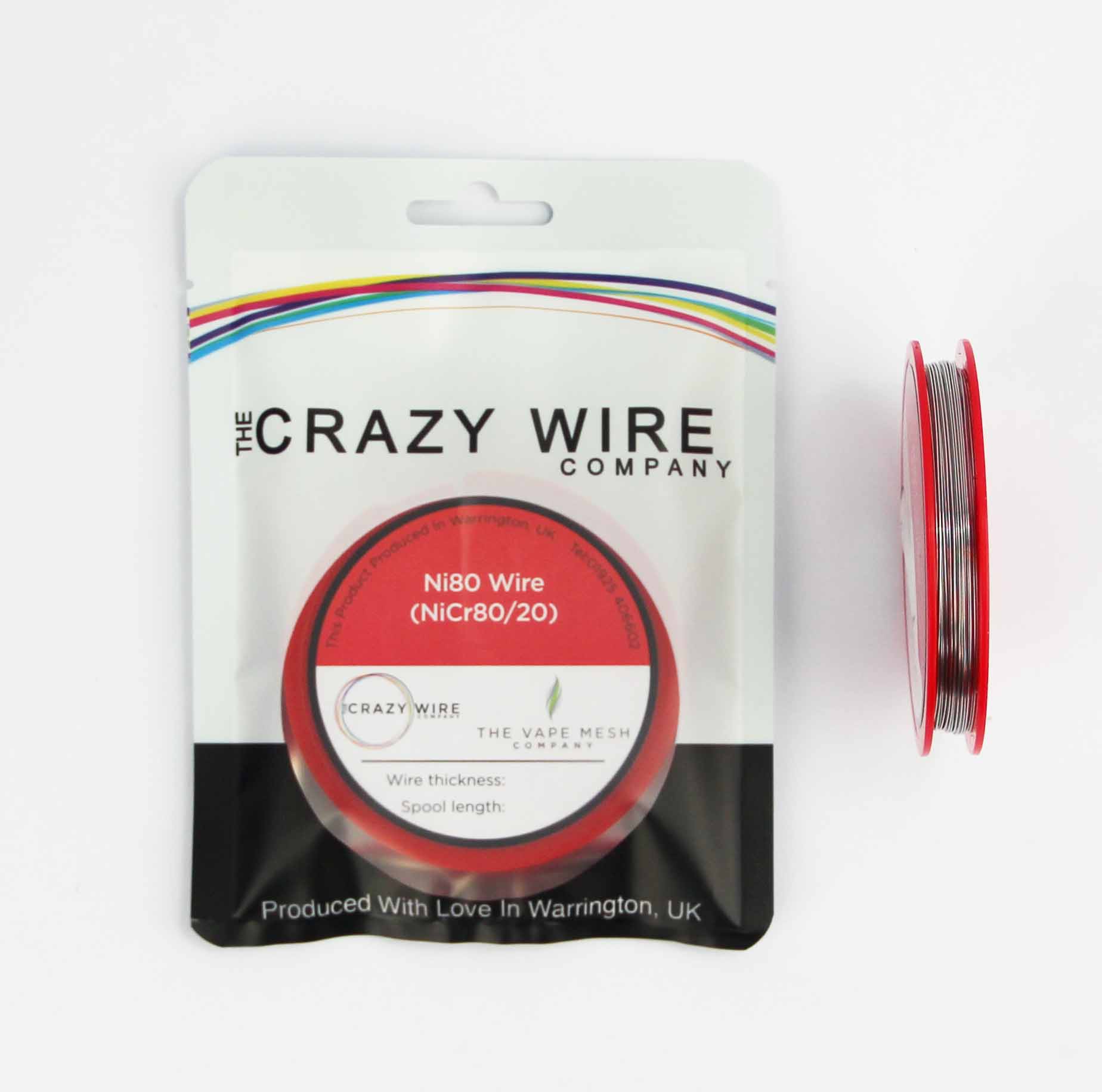
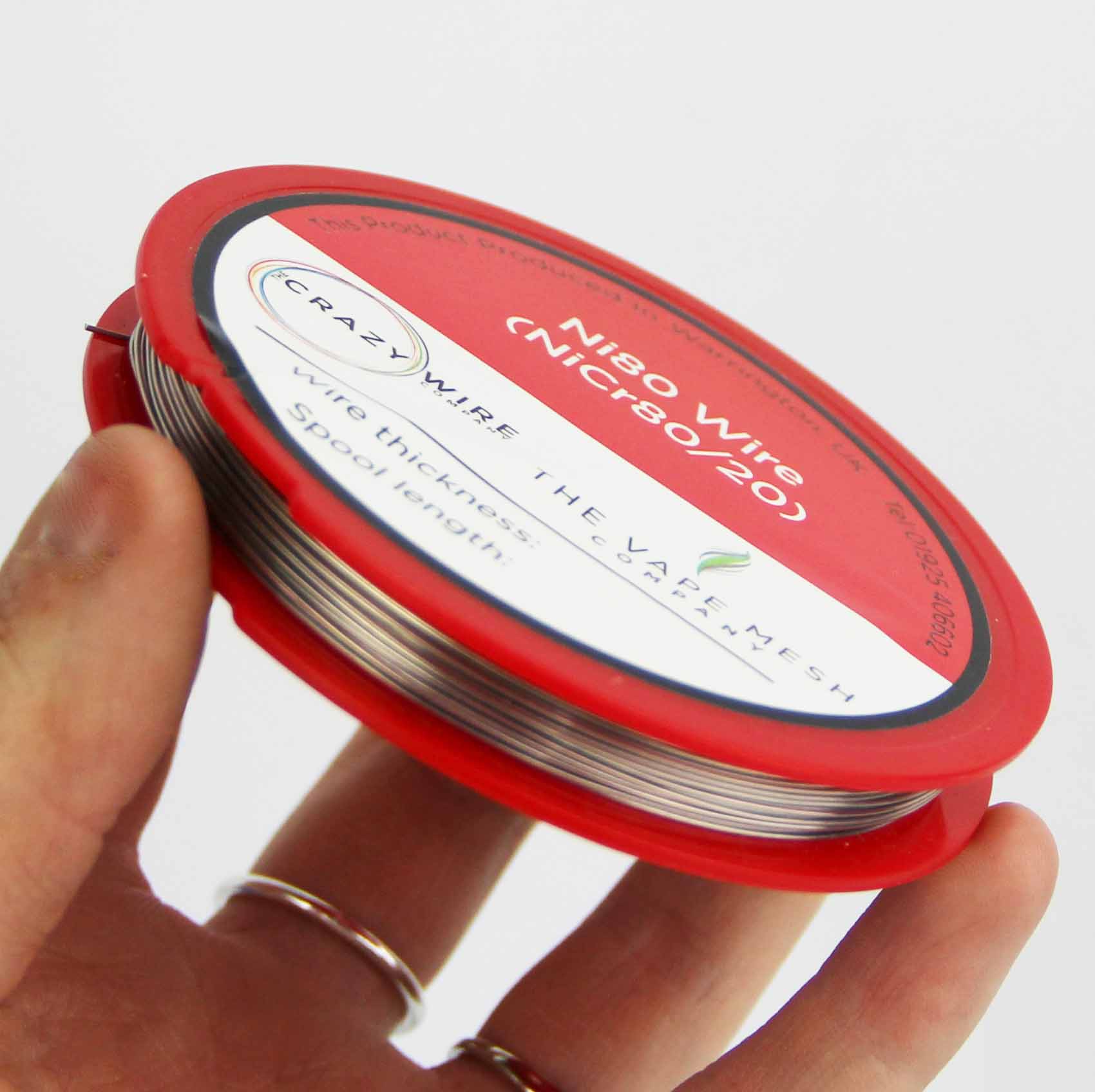
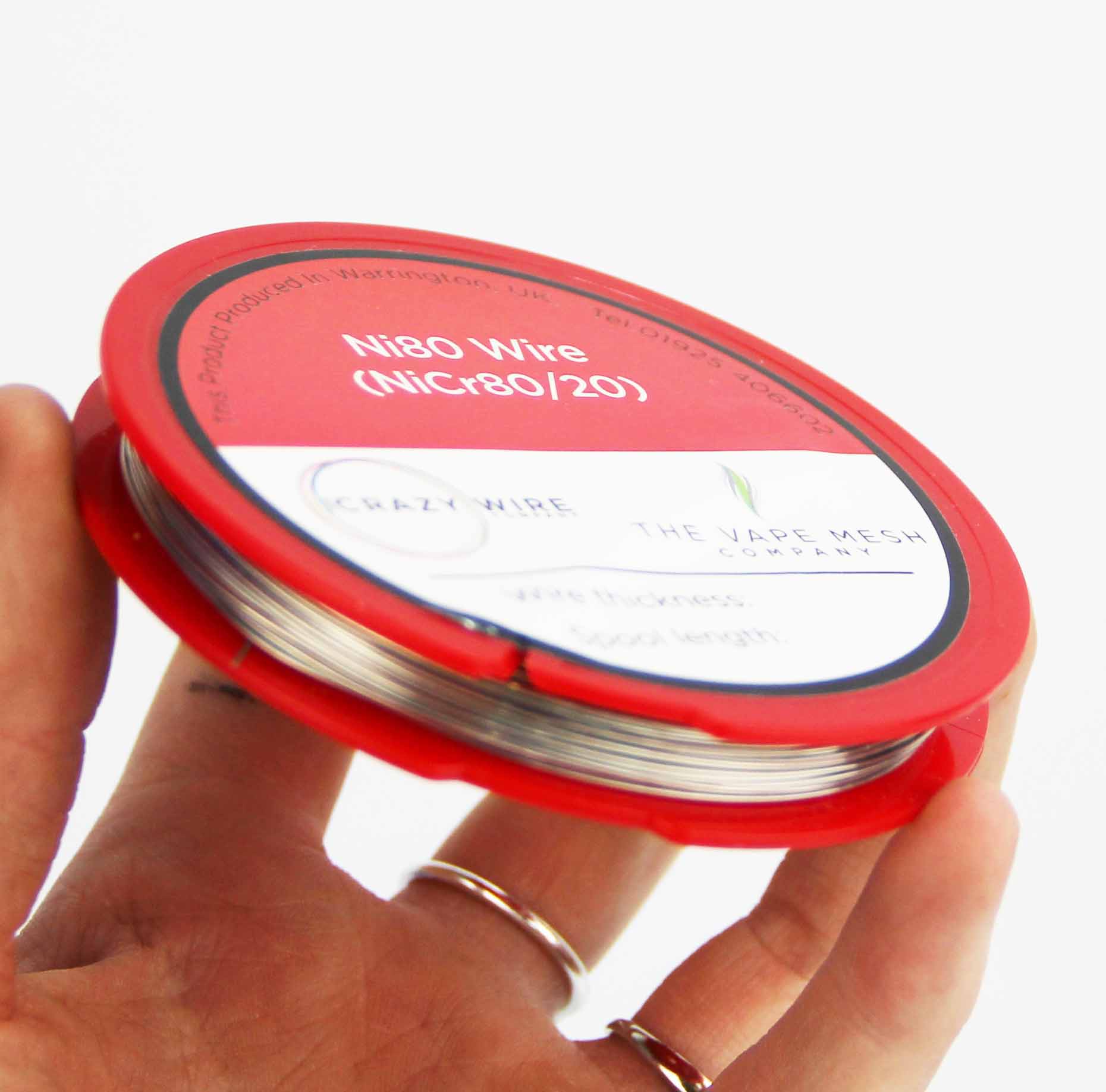
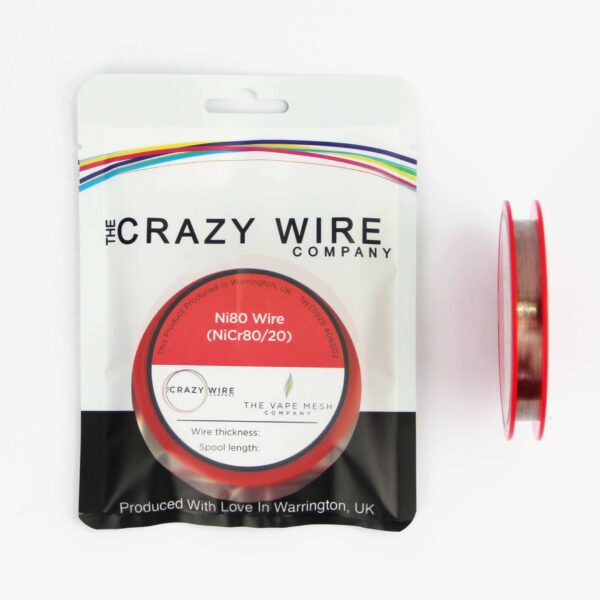
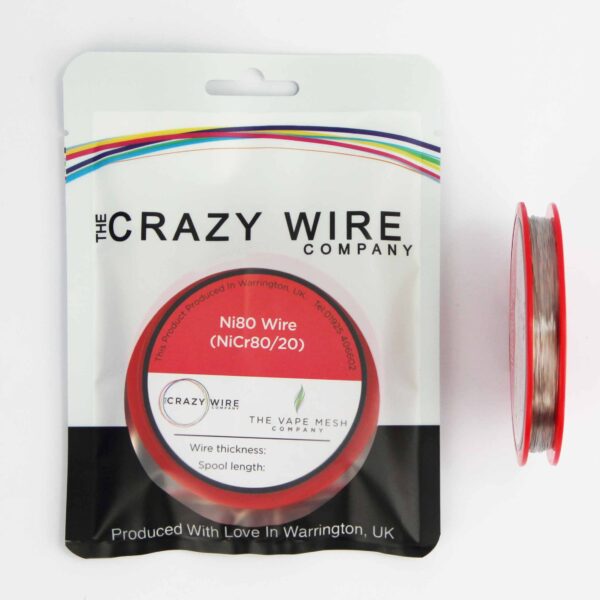
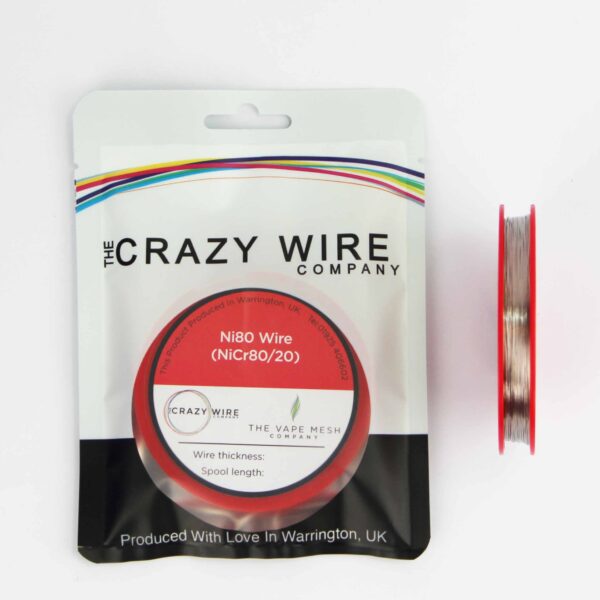
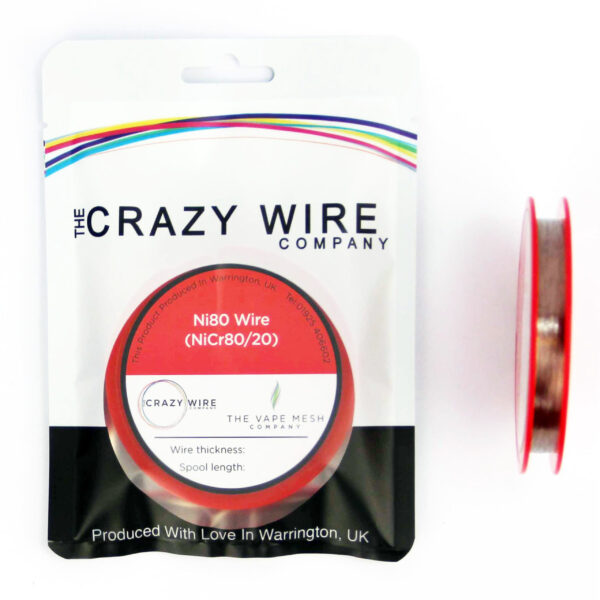





Reviews
There are no reviews yet.